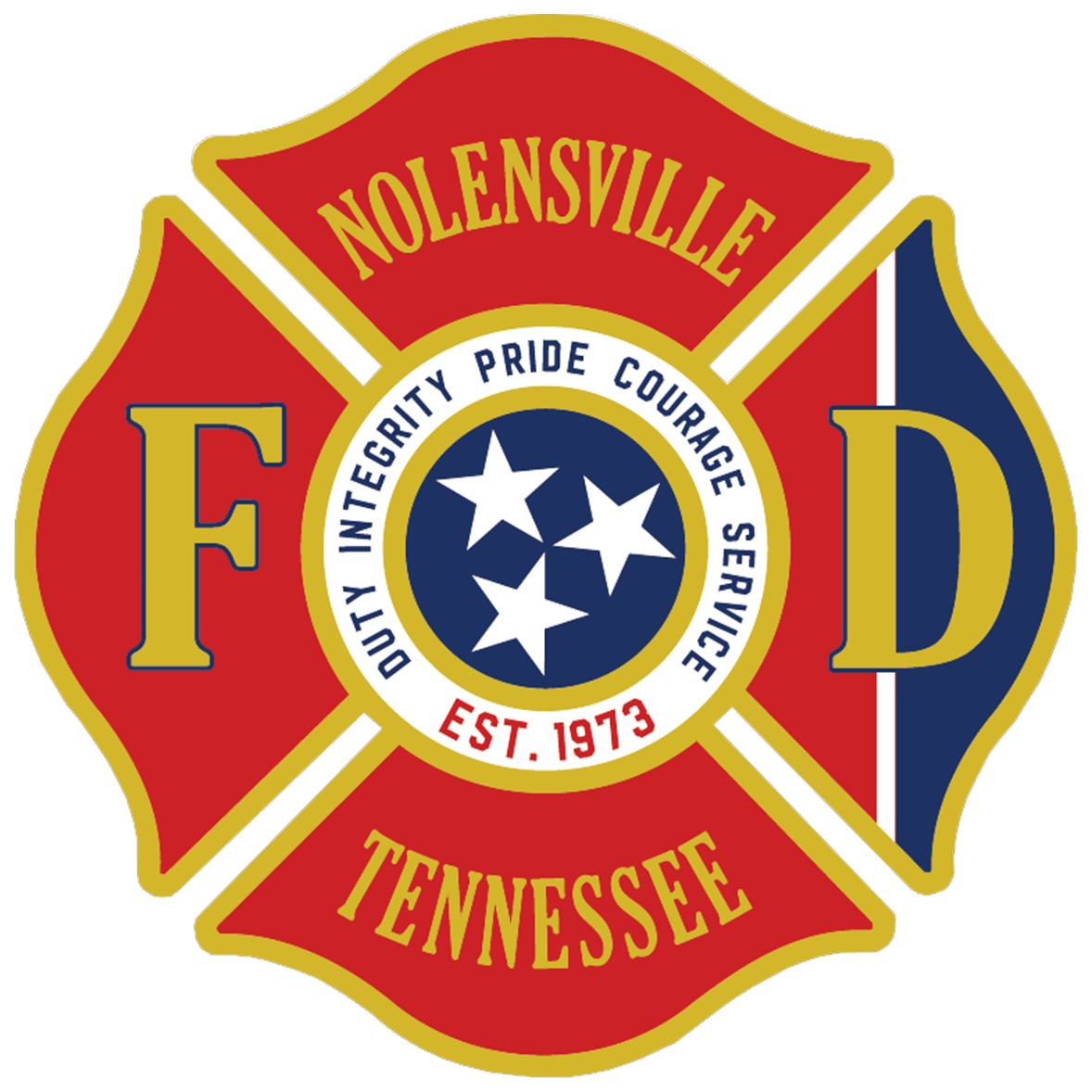Home Fire Sprinklers
Home fire sprinklers were introduced in 1975 by the National Fire Protection Agency (NFPA). The standard NFPA 13D for one- and two-family dwellings is intended to provide occupants enough time to safely evacuate the home before being overwhelmed by flames, heat, or the byproducts of fire. In modern homes, residents have 3 minutes to safely exit a home which is drastically different than the 20 minutes residents had with homes in the 1975.
A home fire sprinkler system can suppress a fire, keeping it in the incipient stage or can even extinguishing a fire completely. Having a home sprinkler system allows the fire department time to respond to the home, finish extinguishing the fire and overhaul the home, ensuring the fire did not extend into the walls or ceiling. In homes with sprinkler systems, the system activated 95% of the time and is 97% effective at containing the fire to the room of origin. The first sprinkler head typically activates at 40 seconds from ignition and 90% of the time that single head will suppress the fire. Light weight construction homes with modern furnishings can reach deadly temperatures of 1,100 degrees and fill the house with the smoke and toxic gases in 3 minutes from ignition. A monitored alarm system typically takes about 2 minutes to complete the process to dispatch the fire department. The fire department averages 5 1/2 minutes from dispatch to arrival on scene. That's approximately 7 1/2 minutes for the fire department to get on scene. By this point the house is full of black smoke and the fire has extended from the room of origin into other areas of the home. The average home without a sprinkler system will sustain approximately $45,000 worth of damage where a home with a fire sprinkler system in place averages $2,100 worth of damage.
In 2009, the International Residential Code (IRC) and other national standards included fire sprinklers as a minimum safety requirement for all new one- and two-family dwellings. This means that the components of the home are engineered to have a suppression system in place. Over time, municipalities have opted to remove the requirement for the fire sprinkler systems, allowing builders to not install sprinkler systems unless requested by the homeowner. Approximately 8-10% of homes have sprinklers. Most unincorporated areas do not follow the code so most sprinklered homes are in found in cities. Listed below are some of the local areas that require a home fire sprinkler system:
Ashland City
Brentwood
Cheatham County
Collierville
Franklin
Germantown
Kingston Springs
Piperton
Pleasant View
Homeowners
If you are lucky enough to live in a home with a built in automatic suppression system, here are some things you should know. Fire sprinkler systems are not complicated and if you know what you are looking for and what the system components do, you can take care of the system for years to come.
Every home sprinkler system is equipped with a riser that is typically behind a panel in the garage. This riser has a pressure gauge, a drain valve for testing and draining the system, and a shutoff valve below the riser.
Your system should be checked annually and you can perform this with a few easy steps.
First check the gauge and verify there is pressure. Make sure to record that pressure.
Attach a garden hose to the drain valve and run the hose to a location that is safe to run water.
Open the drain valve by lining the handle up with the pipe and verify that the pressure on the gauge does not drop too far below your initial reading.
After 60 seconds you can shut the drain valve by turning the handle a quarter turn or perpendicular to the pipe and replace your system to its normal operating condition.
Annually before winter, check your insulation to verify it is in place and the pipes are covered. You can do this by gaining access to the attic. If you see orange fire sprinkler pipes then your pipes are not protected. Insulation should be positioned between the pipe and the unconditioned side. For pipes in attics, insulation should be draped over it and stapled in place.
Residents who have questions about their home fire sprinkler system can reach out to us through our Community Connect platform. We are happy to answer your questions and ensure you are capable of operating your system. Below is a home sprinkler care guide that shows a fire sprinkler systems comments, how to operate the system and what to look for when preparing for colder weather.
Home Sprinkler Care Guide
For more information on home fire sprinklers, visit the sites linked below.
Home Fire Sprinkler Coalition
National Fire Protection Association
United States Fire Administration
Take a look at the Insulation White Paper for further details on insulating fire sprinkler pipes.
